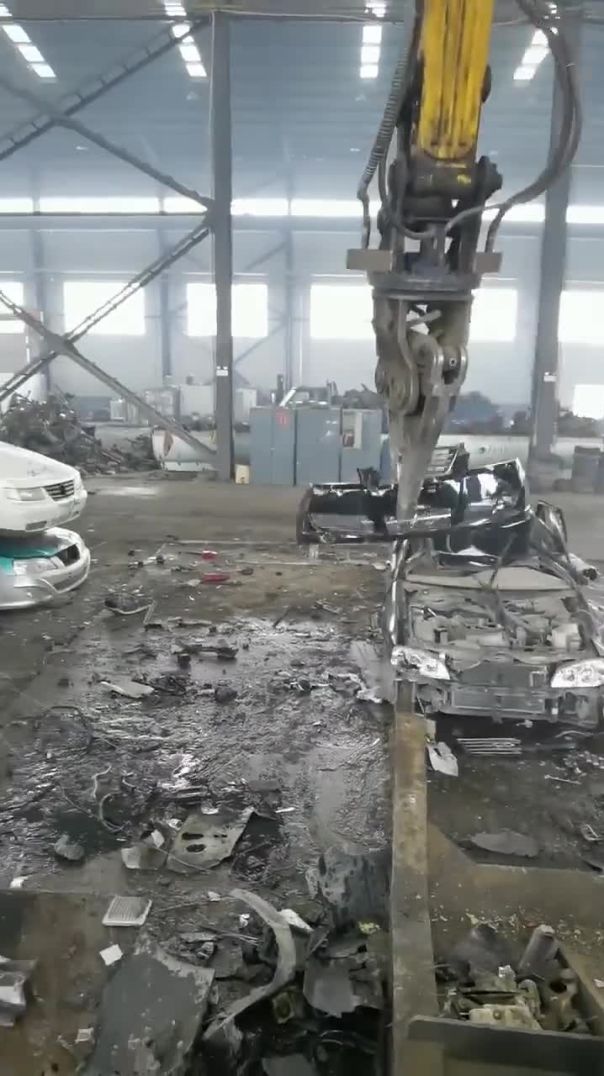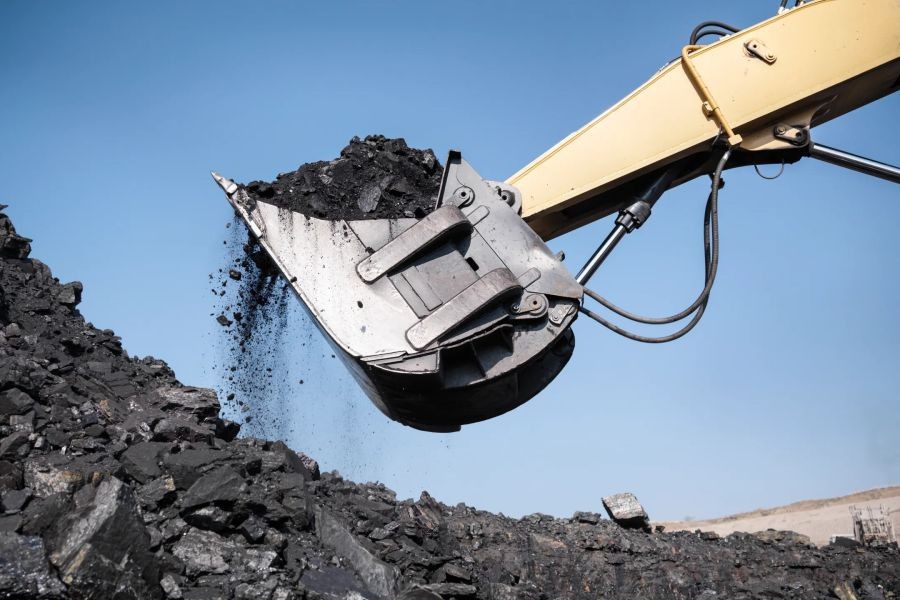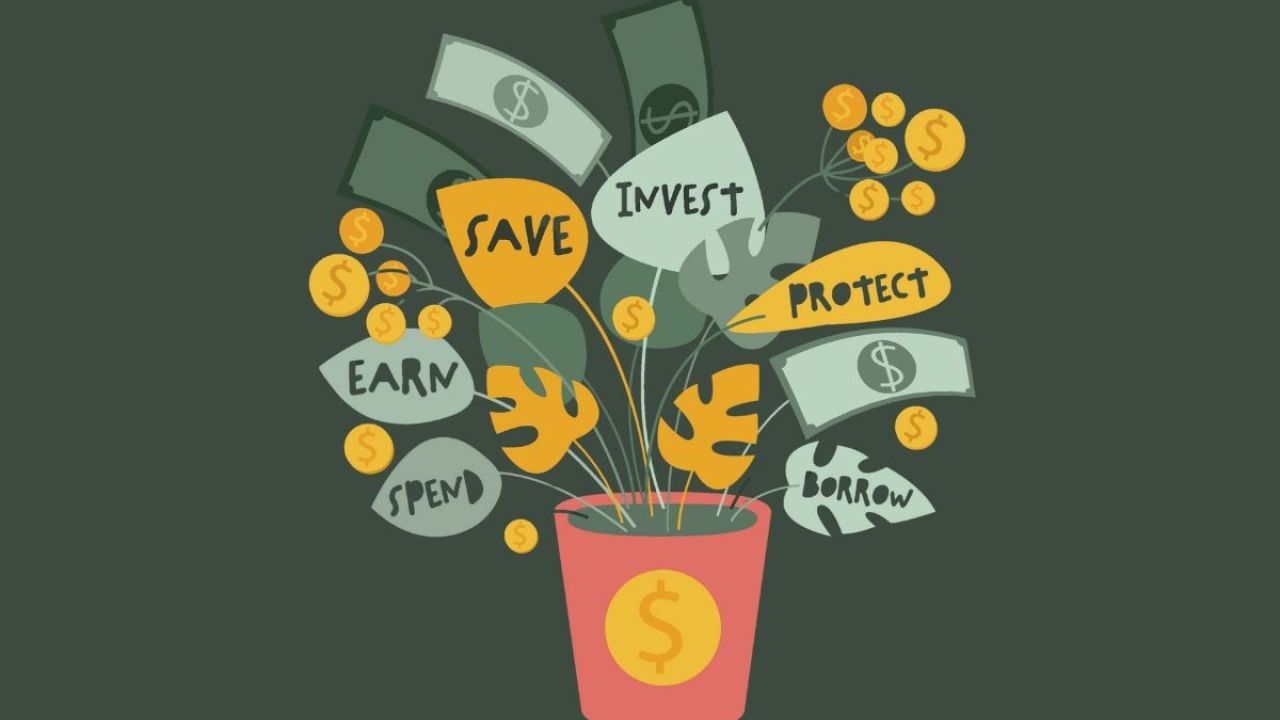In a world increasingly focused on sustainable energy and reducing carbon footprints, the financial support that the Australian government continues to provide to coal companies remains a topic of vigorous debate. This financial backing raises questions about policy priorities and the future direction of Australia's energy sector, especially as the nation grapples with its commitments to global climate agreements. This article delves into how much money the Australian government still gives to coal companies, explores the implications of these subsidies, and considers the regulatory landscape shaping this dynamic.
Understanding the Current Funding Landscape
The Australian government’s financial support for coal companies comes in various forms, including subsidies, tax breaks, and grants. According to a report from the Australian Institute, the federal government allocated over AUD 1.2 billion in 2022 to support fossil fuel industries, with a significant portion directed towards coal. This figure highlights a continued reliance on coal, despite a global shift towards renewable energy sources.
Types of Financial Support
- Subsidies: Direct financial aid provided to coal companies to lower production costs.
- Tax Breaks: Reductions or exemptions in tax obligations aimed at encouraging investment in the coal sector.
- Grants: Funds allocated for specific projects, often related to technological developments or environmental management within the coal industry.
Economic Implications of Coal Subsidies
The economic impact of these subsidies is multifaceted. On one hand, they provide short-term economic benefits by supporting jobs and economic activity in coal-dependent regions. The Reserve Bank of Australia (RBA) notes that the coal industry contributes significantly to the national GDP and employment, particularly in states like Queensland and New South Wales.
Pros of Continued Coal Support
- Economic Stability: Maintaining jobs in coal-dependent regions helps sustain local economies.
- Export Revenue: Coal remains one of Australia's top export commodities, generating substantial revenue.
Cons of Coal Dependence
- Environmental Concerns: Coal is a major source of greenhouse gas emissions, contributing to climate change.
- Investment Risks: Global trends are moving towards renewable energy, potentially making coal investments less viable in the long term.
Regulatory Insights and Policy Context
Regulatory bodies like the Australian Competition & Consumer Commission (ACCC) and the Australian Prudential Regulation Authority (APRA) play crucial roles in overseeing the financial and competitive aspects of the coal industry. However, policy decisions regarding subsidies are heavily influenced by political and economic considerations.
Recent policy shifts indicate a gradual change. In 2023, the Australian government announced plans to review and potentially reduce subsidies for fossil fuels as part of its commitment to achieve net-zero emissions by 2050. This aligns with international agreements and domestic pressure from environmental groups and the renewable energy sector.
Case Study: The Galilee Basin Controversy
The Galilee Basin in Queensland has been a focal point of controversy surrounding coal subsidies. In 2022, the government allocated substantial funds to support infrastructure development for coal mining projects in the region, citing economic benefits. However, this move faced backlash from environmental advocates and sections of the public who argued that the investment contradicted climate goals.
Problem: The challenge was balancing economic development with environmental responsibilities.
Action: The government proposed a phased reduction in subsidies, coupled with increased investment in renewable energy projects in the region.
Result: While the transition strategy showed promise, its success hinges on effective policy implementation and stakeholder cooperation.
Debunking Common Myths About Coal Subsidies
Myth vs. Reality
- Myth: Coal subsidies solely benefit large corporations.
- Reality: While large companies do receive significant support, subsidies also aim to protect jobs and regional economies. (Source: Australian Treasury)
- Myth: Subsidies are essential for economic growth.
- Reality: The Australian Bureau of Statistics (ABS) indicates that diversified economies show more sustainable growth patterns, even without heavy reliance on coal. (Source: ABS)
Future Trends and Predictions
As Australia progresses towards its net-zero emissions target by 2050, a shift in energy policy is inevitable. A report by Deloitte forecasts a 40% increase in renewable energy investment by 2030, suggesting a gradual decline in coal subsidies. This transition will likely be driven by technological advancements in renewable energy and increasing regulatory pressures to reduce carbon emissions.
Conclusion
While coal remains a significant part of Australia's economic landscape, the need for a strategic pivot towards sustainable energy alternatives is clear. The ongoing debate over coal subsidies underscores the complex interplay between economic growth and environmental responsibility. As regulatory frameworks evolve, the role of coal in Australia's energy mix will likely diminish, paving the way for a more sustainable future.
Final Takeaway & Call to Action
Understanding the intricacies of government subsidies and their impact on industries is crucial for regulatory compliance specialists. Stay informed about policy changes and emerging trends by subscribing to industry reports and engaging in professional forums. Your expertise can drive the transition towards a more sustainable and economically sound energy sector in Australia.
People Also Ask (FAQ)
- How does coal subsidies impact Australia's economy? Coal subsidies support jobs and regional economies but also pose risks due to volatility in global coal demand and environmental concerns.
- What are the biggest misconceptions about coal subsidies? A common myth is that coal subsidies only benefit large corporations, but they also aim to protect regional economies and jobs.
- What are the best strategies for transitioning from coal to renewables? Experts recommend gradually reducing subsidies while increasing investment in renewable energy projects and technologies.
Related Search Queries
- Australian government coal subsidies 2023
- Impact of coal on Australia's economy
- Future of coal industry in Australia
- Renewable energy investment in Australia
- Environmental impact of coal mining in Australia
- Australian coal export statistics
- Energy policy changes in Australia
- Net-zero emissions target Australia
- Coal industry regulations in Australia
- Global trends in coal subsidies
































annejuliefaust
8 months ago